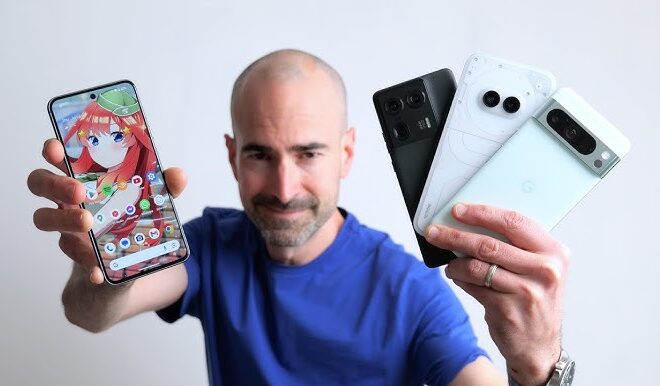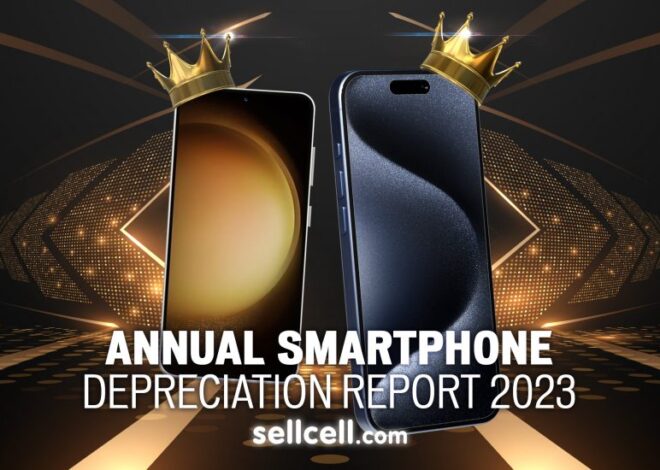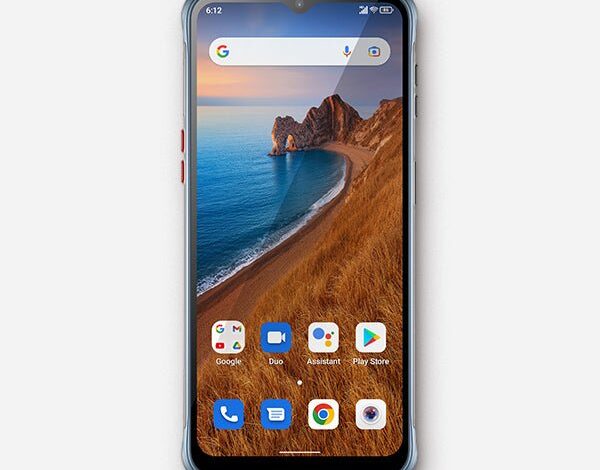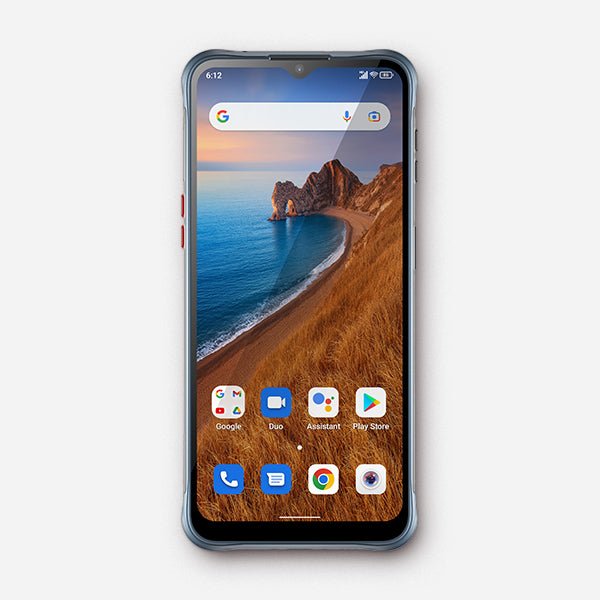
The $500 Android Revolution: Why Budget Phones Are the Most Exciting Gadgets of 2024
The Golden Age of the Mid-Range: Your Next Great Android Phone Costs Less Than You Think
For years, the narrative surrounding smartphones was a relentless climb towards a four-figure price tag. To get the best camera, the smoothest screen, or the fastest performance, you had to be willing to pay a premium. Budget Android phones were often an afterthought—a collection of compromises wrapped in plastic with sluggish performance and forgotten software. But the landscape has dramatically shifted. We are now living in the golden age of the mid-range, a fiercely competitive arena where the most exciting innovations in the world of Android Gadgets are happening. The sub-$500 category is no longer about what you’re giving up; it’s about the incredible value you’re gaining.
This isn’t just about saving money. It’s about a fundamental change in philosophy from manufacturers like Google, Samsung, and OnePlus. They’ve recognized that the vast majority of users don’t need the absolute peak performance of a $1,200 flagship. What they need is a reliable, enjoyable, and capable device that excels at the things that matter most: taking great photos, lasting all day, and feeling smooth in daily use. This deep dive will explore why the sub-$500 market is the new battleground for innovation, break down the key players and their unique approaches, and provide you with the actionable insights needed to choose a device that feels like a flagship without the financial sting. The latest Android News isn’t just about the priciest models; the real story is in the value revolution.
Section 1: The New Royalty: How Flagship Features Democratized the Mid-Range
The transformation of budget Android Phones from passable to phenomenal didn’t happen overnight. It’s the result of a “trickle-down” effect of technology combined with a strategic shift from major manufacturers. What was once cutting-edge is now the standard, creating a new baseline for what a sub-$500 phone can and should be.
The “Good Enough” Revolution in Performance
The heart of any smartphone is its processor, and for years, this was the clearest dividing line between budget and premium. Today, that line is blurred. Chipsets like Google’s Tensor series and Qualcomm’s Snapdragon 7-series deliver performance that is, for all practical purposes, indistinguishable from their top-tier counterparts in day-to-day tasks. Scrolling through social media, browsing the web, streaming video, and multitasking between apps are fluid and responsive. The concept of “perceived performance” has become more important than raw benchmark scores. While a flagship chip might render a 4K video a few seconds faster, a modern mid-range chip ensures the user interface never stutters, which is what truly impacts the daily experience. This shift means users are no longer paying a premium for power they rarely, if ever, use.
Flagship Features are Now Table Stakes
Think back just a few years. An OLED display with a high refresh rate was the exclusive domain of ultra-premium devices. Now, it’s common to find vibrant 120Hz AMOLED screens on phones costing less than $500, offering buttery-smooth scrolling and rich, deep blacks. This trend extends across the board:
- Camera Systems: Optical Image Stabilization (OIS), a critical feature for sharp, blur-free photos and stable video (especially in low light), is now standard on leading mid-rangers like the Google Pixel A-series and Samsung Galaxy A-series.
- Battery and Charging: Massive 5,000mAh batteries that easily last a full day (or even two) are the norm. Furthermore, fast charging speeds that can take you from 0 to 50% in around 30 minutes have eliminated battery anxiety.
- Connectivity and Build: 5G is now a given, not a luxury. We’re also seeing more premium build materials and IP ratings for water and dust resistance (like IP67), features that provide peace of mind and were once reserved for the most expensive phones.
The Software Support Promise: A Game-Changer
Perhaps the most significant evolution has been in software support. The old budget model was “buy it and forget it,” leaving users with outdated software and critical security vulnerabilities. Now, major players are making long-term commitments. Google and Samsung, for instance, offer multiple years of major OS updates and five years of security patches on many of their mid-range devices. This is a monumental shift. It means a $450 phone purchased today will still be safe, secure, and running modern software three or four years from now, dramatically increasing its long-term value and making it a smarter investment than ever before.
Section 2: A Clash of Philosophies: The Key Contenders Under $500
The sub-$500 market isn’t a monolith. Different brands approach this price point with distinct philosophies, catering to different user priorities. Understanding these approaches is key to finding the perfect device for your needs. It’s less about which phone has the “best” specs on paper and more about which phone’s philosophy aligns with your real-world usage.
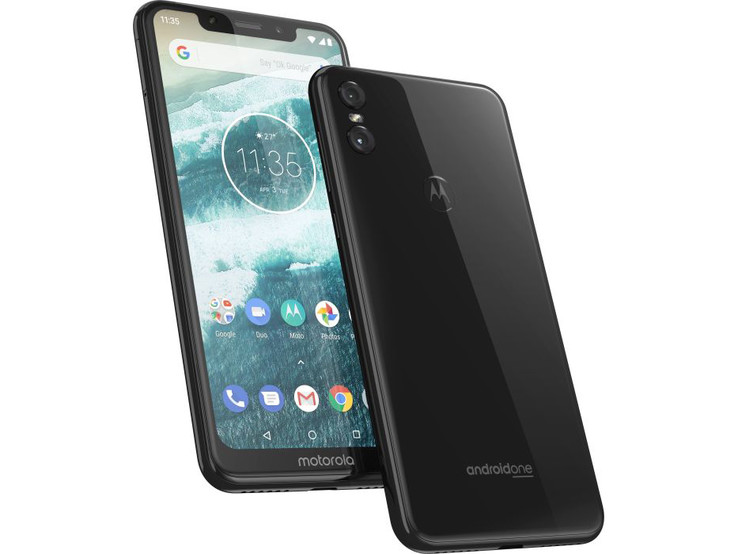 Motorola smartphone – Motorola One Smartphone (KS TAP) – RAZ Mobility >> Next Generation …
Motorola smartphone – Motorola One Smartphone (KS TAP) – RAZ Mobility >> Next Generation …
The Google Pixel A-Series: The Smart, Simple Choice
The Philosophy: Software and artificial intelligence are more important than raw hardware. Google’s approach is to deliver a deceptively simple experience powered by incredibly complex computational photography and AI features.
The Prime Example: The Google Pixel 7a (and its successors). On paper, its camera hardware might not seem as impressive as some competitors with higher megapixel counts. In practice, it consistently produces some of the best photos of any smartphone at any price. This is the magic of Google’s processing. Features like Photo Unblur, Magic Eraser, and industry-leading Night Sight are driven by the Tensor chip and Google’s AI prowess.
Real-World Scenario: Imagine you’re a parent trying to capture a clear photo of your constantly moving toddler in a dimly lit room. The Pixel A-series is built for this moment. It excels at capturing challenging scenes with a simple point-and-shoot approach, delivering a fantastic result without requiring you to fiddle with manual settings. It’s the perfect phone for someone who values a best-in-class camera and a clean, bloat-free Android experience above all else.
Samsung’s Galaxy A-Series: The All-Rounder Powerhouse
The Philosophy: Deliver a balanced, premium-feeling package that touches all the bases well. Samsung leverages its biggest strength—its display technology—to create a device that feels more expensive than it is.
The Prime Example: The Samsung Galaxy A54. The first thing you notice is the screen. It’s a bright, vibrant, and smooth Super AMOLED display that is often considered the best in its class, making it a joy for watching videos and playing games. Samsung pairs this with a versatile camera system, a massive battery, a polished design that mimics its flagship S-series, and the feature-rich One UI software.
Real-World Scenario: Consider a college student who uses their phone for everything. They stream lectures and Netflix (requiring a great screen), spend hours on social media, need a battery that can survive a long day of classes, and want a versatile camera for capturing memories with friends. The Galaxy A-series is designed for this user. It may not be the absolute best in any single category, but it is consistently great across the board, offering a reliable and feature-complete experience with no glaring weaknesses.
The Disruptors (OnePlus, Motorola): Maximum Specs for Your Dollar
The Philosophy: Prioritize specific, tangible hardware advantages to stand out from the competition. These brands often focus on metrics like charging speed, screen size, or unique hardware features.
The Prime Examples: The OnePlus Nord series or a Motorola Moto G Stylus. A OnePlus phone might offer mind-blowingly fast 67W or 80W charging, refilling the battery in a fraction of the time it takes a Pixel or Samsung. Motorola, on the other hand, carves out a niche with its built-in stylus, offering a productivity tool that’s nonexistent elsewhere at this price point.
Real-World Scenario: A busy professional who is always on the move and often forgets to charge their phone overnight. For them, the ability of a OnePlus Nord to go from 5% to 70% in 20 minutes is a lifesaver. Alternatively, a small business owner or student who constantly takes notes and signs documents would find the Moto G Stylus’s unique functionality indispensable. These users are willing to trade some camera processing prowess or software polish for a standout feature that directly solves a daily pain point.
Section 3: Beyond the Spec Sheet: Navigating the Compromises and Common Pitfalls
While sub-$500 Android Phones offer incredible value, they are not without compromises. Manufacturers have to make intelligent cuts to hit this price point. Being an informed buyer means knowing where these cuts are typically made and how to look past the marketing jargon to assess a phone’s true capabilities.
The Camera Conundrum: Megapixels Aren’t Everything

This is the most common pitfall for buyers. A phone might be advertised with a “Quad Camera System,” which sounds impressive. However, upon closer inspection, you’ll often find a capable main sensor paired with a mediocre ultrawide lens and two virtually useless 2MP macro and depth sensors. These low-resolution sensors are included almost purely for marketing to increase the camera count.
Best Practice: Ignore the number of cameras. Focus on the quality of the main sensor and the ultrawide lens. Look for features like Optical Image Stabilization (OIS) on the main lens, which makes a far greater real-world difference than a 2MP macro camera ever will. As the Google Pixel proves year after year, the quality of the software processing is the most important ingredient for a great photo, not the megapixel count.
Performance Peaks and Valleys: Sustained vs. Burst
The processors in these phones are excellent for everyday tasks, but they have their limits. Where you’ll notice the difference between a mid-range chip and a flagship one is in sustained, high-intensity workloads, primarily high-end 3D gaming. A game like Genshin Impact will run smoothly on a sub-$500 phone at medium settings. However, if you crank the graphics to their maximum settings for an extended session, you may experience thermal throttling, where the phone intentionally slows down the processor to manage heat, leading to stuttering and dropped frames.
Best Practice: Be realistic about your gaming needs. For casual games like Candy Crush or even more demanding titles like Call of Duty: Mobile on standard settings, these phones are more than capable. If you are a hardcore gamer who demands the highest possible graphics settings for long periods, you may still need to invest in a flagship or a dedicated gaming phone.
The Subtle Differences: Build, Haptics, and Bloatware
The final set of compromises is often felt, not seen on a spec sheet.
- Build Materials: Many mid-range phones use a high-quality plastic (or “glasstic”) frame and back instead of the aluminum and glass found on flagships. While durable, it may not feel as dense or premium in the hand.
- Haptic Feedback: Flagship phones often use sophisticated linear vibration motors that provide tight, precise haptic feedback for typing and notifications. Mid-range phones typically use simpler, buzzier motors that feel less refined.
- Bloatware: While Google’s Pixels and Motorola’s phones offer a clean version of Android, other manufacturers (including Samsung to some extent) pre-install a number of their own apps and third-party applications. These can often be uninstalled or disabled, but it’s an extra step that detracts from the out-of-the-box experience.
Section 4: Making the Right Choice: A Practical Buyer’s Guide

With a clear understanding of the market, the philosophies, and the potential pitfalls, choosing the right sub-$500 phone becomes a matter of self-assessment. The “best” phone is the one that aligns with your personal priorities.
Your Personal Priority Checklist
Ask yourself: “What is the single most important thing I do with my phone?” Your answer will point you in the right direction.
- If you prioritize Photography above all else: The Google Pixel A-series is your answer. Its point-and-shoot reliability and computational magic are unmatched in this category. You’re choosing the best camera experience.
- If you prioritize Media Consumption (videos, social media): The Samsung Galaxy A-series is the front-runner. Its best-in-class AMOLED display makes everything look stunning. You’re choosing the best screen experience.
- If you prioritize Battery Life and Charging Speed: Look towards the disruptors like OnePlus or certain Motorola models. These phones are built to eliminate battery anxiety. You’re choosing the best power management experience.
- If you prioritize a Clean Software Experience and unique features: A Pixel or a Motorola phone (especially with the stylus) is your best bet. You’re choosing a bloat-free interface or a specific productivity tool.
A Final Pro Tip: The Power of Patience
One of the best strategies when shopping for these Android Gadgets is to wait. Unlike flagships that hold their value longer, mid-range phones are frequently discounted. A phone that launches at $499 will often be available for $399 or even less during holiday sales or a few months after its release. Keeping an eye on Android News sites for deals can turn a great value into an absolutely unbeatable one.
Conclusion: The Smart Money is on the Mid-Range
The conversation around Android Phones is no longer dominated by four-figure price tags. The sub-$500 category has transformed from a landscape of compromise into the most vibrant, competitive, and value-packed segment of the entire mobile industry. You can now get a phone with a stunning high-refresh-rate OLED display, a genuinely fantastic camera system, all-day battery life, and years of guaranteed software updates for less than half the price of a flagship.
This isn’t about settling; it’s about being a smart consumer. By understanding the different philosophies of brands like Google, Samsung, and their competitors, and by honestly assessing your own priorities, you can find a device that delivers 90% of the flagship experience for 50% of the cost. The era of the “good enough” budget phone is over. Welcome to the era of the exceptional, affordable Android phone.

